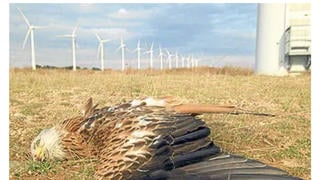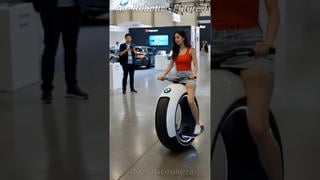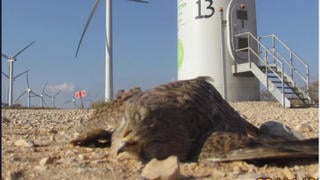
Does this video show graphene reacting to electrical impulses, and is there graphene in COVID-19 vaccines? No, both are not true. COVID vaccines contain no graphene. Pre-approval testing of COVID vaccines by independent labs, as well as the ingredient lists submitted by manufacturers, show they contain no graphene. The dancing blob in the video is a liquid attracted to the poles of a magnet: ferrofluid. The video shows ferrofluid responding to electromagnetic changes generated by an audio signal.
The recycled (debunked) claim that there is graphene in COVID circulated widely on social media in videos like this October 8, 2021, TikTok post by "yungjudah395 on TikTok" (archived here) which opened: "ONCE THEY PUT IT IN YOU".
ALL THEY HAVE TO DO IS TUNE THE FREQUENCY
Users on social media only saw this title, description and thumbnail:
yungjudah395 on TikTok
#fyp #fypシ #grapheneoxide #fourthindustrialrevolution #america
The claim that graphene in COVID vaccines caused the fatal crowd surge at the November 5, 2021, Travis Scott performance in Houston circulated widely on social media in posts that use the same video of a "ferro audio visualizer" that has been floating around the internet since October 8, 2021.
Ferrofluids are made up of tiny particles of iron compounds (10 nanometers or smaller) mixed in oil. Ferrofluid was invented at NASA to be mixed into rocket fuel so that it could be drawn to a fuel pump in weightless space. The video used in the Instagram post is one of several on YouTube, such as this example, showing how to make ferrofluid "dance" to music by placing speaker magnets near a fluid containing a blob of ferrofluid.
Ultra-strong, ultra-thin and able to conduct electricity, graphene is an inherently non-magnetic nanomaterial, as the authors of this 2020 paper point out in discussing theoretical conditions under which the material might be made magnetic.
The ingredients listed on the FDA approval fact sheet for the Pfizer-BioNtech vaccine do not include graphene:
The Pfizer-BioNTech COVID-19 Vaccine includes the following ingredients: mRNA, lipids ((4-hydroxybutyl)azanediyl)bis(hexane-6,1-diyl)bis(2-hexyldecanoate), 2 [(polyethylene glycol)-2000]-N,N-ditetradecylacetamide, 1,2-Distearoyl-sn-glycero-3- phosphocholine, and cholesterol), potassium chloride, monobasic potassium phosphate, sodium chloride, dibasic sodium phosphate dihydrate, and sucrose.
The AstraZeneca COVID-19 vaccine also does not have graphene listed in the ingredients, nor does the Moderna vaccine.
Nonetheless, anti-vaccine activists have repeatedly claimed, without credible evidence, that vaccine makers have added graphene to vaccines as a means to control people as part of a secret plot for global dominion. The origins of those graphene claims have been undermined at the source.
Professor Pablo Campra of the University of Almeria in Spain was hired by an anti-vaccine activist to examine a sample alleged to be of the Pfizer vaccine and his published report said further, more advanced, analysis would be necessary. Campra specializes in lab biotechnology and horticulture as it applies to the climate.
He published a provisional report on June 28, 2021, about what he observed of the sample using an optical and an electron microscope. This came at the request of anti-vaccine activist Ricardo Delgado, who runs a website (laquintacolumna.net). On July 2, 2021, the University of Almeria published a tweet "in relation to the false information disseminated on some social networks and blogs."
Using Google Translate, the tweet says:
COMMUNICATION FROM THE UNIVERSITY OF ALMERIA
Faced with the false information disseminated on some social networks and blogs about a provisional report from a professor at the University of Almeria, who seems to question vaccines Faced with Covid-19, the University of Almeria communicates that:It is flatly false that the University of Almeria has carried out a scientific study with the results that are being published by those media that, on the other hand, are misrepresenting the content of an unofficial report by a University professor about an analysis of a sample of unknown origin with total lack of traceability. Report that this university neither subscribes nor shares, as the report itself warns.
The University of Almeria, as an academic institution, seamlessly supports vaccines as scientifically unquestionable instrument to fight against diseases.
The University of Almeria studies and reserves the possibility of directing civil and criminal actions against those who continue to disclose the falsehoods that this communication denies.
Beyond the cover page of Campra's report, on the first page in large bold lettering, is this notice:
IMPORTANT NOTICE
A microscopic, observational and merely descriptive study of the test sample is presented below.
Definitive identification of the dominant material in the sample requires further fractionation and specific spectroscopic analysis to characterize the structure of the material.















